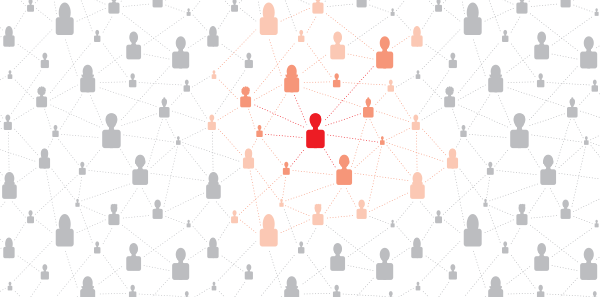
Suicide is the second-leading cause of death among youth and young adults ages 10 to 24 in the United States.1 In 2016, the rate of suicide among persons ages 15 to 24 was 13.15 per 100,000 individuals.2 According to the 2015 national Youth Risk Behavior Survey, 17.7 percent of youth in grades 9 through 12 reported seriously considering suicide in the previous 12 months, 8.6 percent of youth reported making at least one suicide attempt in the previous 12 months, and 2.8 percent reported a suicide attempt that required medical treatment.3
Explore This Issue
ACEP Now: Vol 38 – No 05 – May 2019Suicide contagion is the process by which one suicide facilitates the occurrence of another through direct or indirect awareness of the prior suicide. Two main types of suicide clusters have been discussed in the literature: mass clusters, which are media-related (suicides are grouped in time but not space), and point clusters, which are local (suicides are contiguous in time and space).4,5
Emergency clinicians are often primary points of contact for persons at elevated risk for suicide, and they have the ability to alter a patient’s clinical course. It is imperative that frontline providers learn to recognize the risk factors, provide proper screening, and refer patients for treatment. There is strong evidence that emergency departments and emergency physicians are critical to such injury prevention and intervention efforts.6
Types of Contagion
In adolescents, many studies have demonstrated a strong association between major depression and suicide. In a recent large U.S.-based longitudinal study, the relative risk of exposure to suicide was 2.96 to 7.67 depending on the relationship (friend or family member) to the person who attempted suicide.7
Bullying has been identified as increasing the risk of suicidal behaviors, particularly in youth with underlying suicide risk factors (eg, mental health problems, substance use, early childhood adversity such as abuse, and other psychosocial stressors). Bullying can be physical, verbal, or relational (eg, rumors and social exclusion). The Centers for Disease Control and Prevention (CDC) reported that, in 2013, 23.7 percent of boys and 15.6 percent of girls were bullied at school, while cyberbullying was experienced by 21 percent of girls and 8.5 percent of boys.8 Increases in suicidal ideation and/or suicide attempts are observed in both bullies and victims.
Media exposure has been investigated as a source of suicide contagion. Traditionally, this has been divided into fictional and nonfictional exposure to suicide, with books, newspapers, television, and radio being the major sources of content. Recently, the internet, with multiple social platforms and news outlets, has greatly increased the opportunity for individuals to be exposed to fictional and nonfictional suicides.
The association between nonfiction reporting and suicidal behavior is stronger. This is particularly true of teenage observers, especially when the subject of the report is similar to the observer in terms of age, sex, and nationality. When reporting suicides, the news media often oversimplifies the causes, attributing the act to single factors, such as financial disasters, broken relationships, or failure in examinations. What is often overlooked is the most common factor leading to suicide: mental illness.9 This style of reporting can increase the risk of suicide contagion. It has also been noted that the suicide of a celebrity, along with the amount, duration, and prominence of coverage, proportionally increases the suicide rate.10 The risk for suicide contagion as a result of media reporting can be minimized by factual and concise media reports of suicide, which is in accordance with CDC recommendations.10,11
The internet offers adolescents social contact through websites, social media, forums, video imaging/sharing, and blogs. The internet has the potential to offer support and protect adolescents’ mental health by reducing social isolation, increasing self-esteem, and offering crisis support as well as outreach and access to therapy.
Unfortunately, information on the internet may have both positive and negative effects, as there is also a potential for harm with access to pro-suicide sites, communities encouraging suicide, and increased contact with suicidal individuals, which can result in contagion through normalization of suicide, cyber suicide pacts, and descriptions of how to commit suicide.12
Pages: 1 2 3 | Single Page





No Responses to “The Suicide Contagion in Adolescents: What’s Emergency Medicine’s Role?”